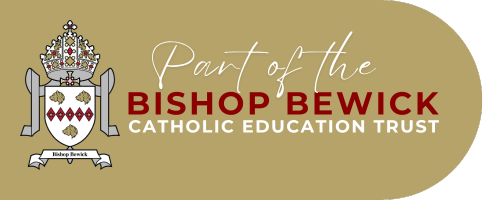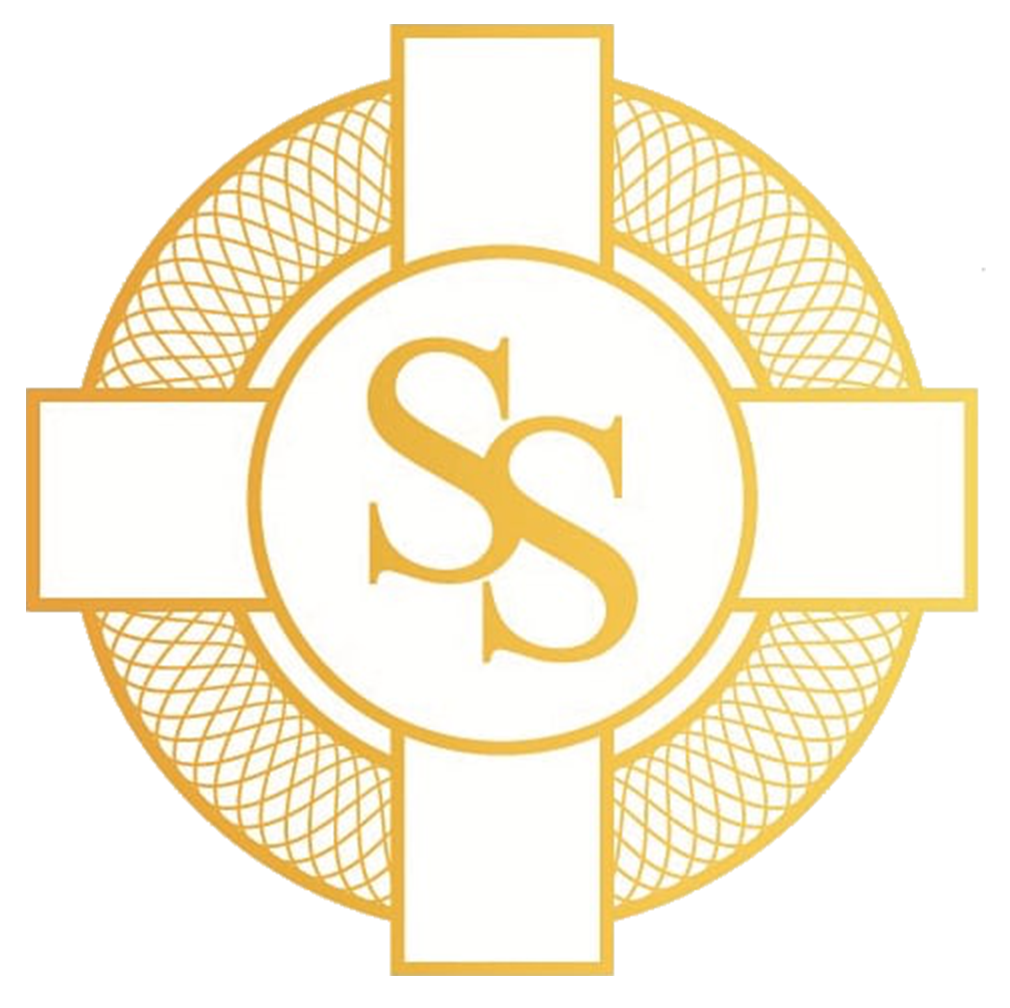
ART & DESIGN
ART & DESIGN
INTRODUCTION:
Our art and design curriculum is aimed at helping pupils develop their knowledge and skills through a range of visual, tactile and sensory experiences aligned to our main themes of drawing, painting, collage and sculpture. Pupils use colour, form, texture and pattern as well as different materials to communicate what they see, feel and think. They are actively involved in making value judgements in their own work as well as exploring ideas and meaning in the work of artists and craftspeople. This, in turn helps develop an appreciation and enjoyment of the visual arts. Where possible, studies in art and design have been linked to studies in other subject areas to help consolidate meaning and develop associated knowledge. For example, Year 6, when studying World War Two in history, may also study artists from that era such as Paul Nash. Such links are only made when they are authentic and add benefit to the subject areas being studied.
Each unit of learning is planned with specifically identified endpoints in mind which in art, is a combination of skills acquisition or application as well as knowledge acquisition or application. Essentially, pupils need to be equipped with both knowledge and skills in order to develop as artists and it is our belief, as in all subjects, that the two go hand in hand. Prior learning is called upon as a starting point in each unit from which pupils are expected to build and develop their skills and knowledge. In order to ensure accurate planning and progression, teachers refer to skills progression documents as a means of acknowledging and using prior learning as well as identifying next steps in pupils’ learning. Within units of learning, pupils are afforded time to acquire or refine skills through repeated practice of techniques in smaller ‘chunks’ before applying as part of the endpoint.
Teachers assess pupils through their ability to apply their skills and knowledge at the end of each unit of learning.



